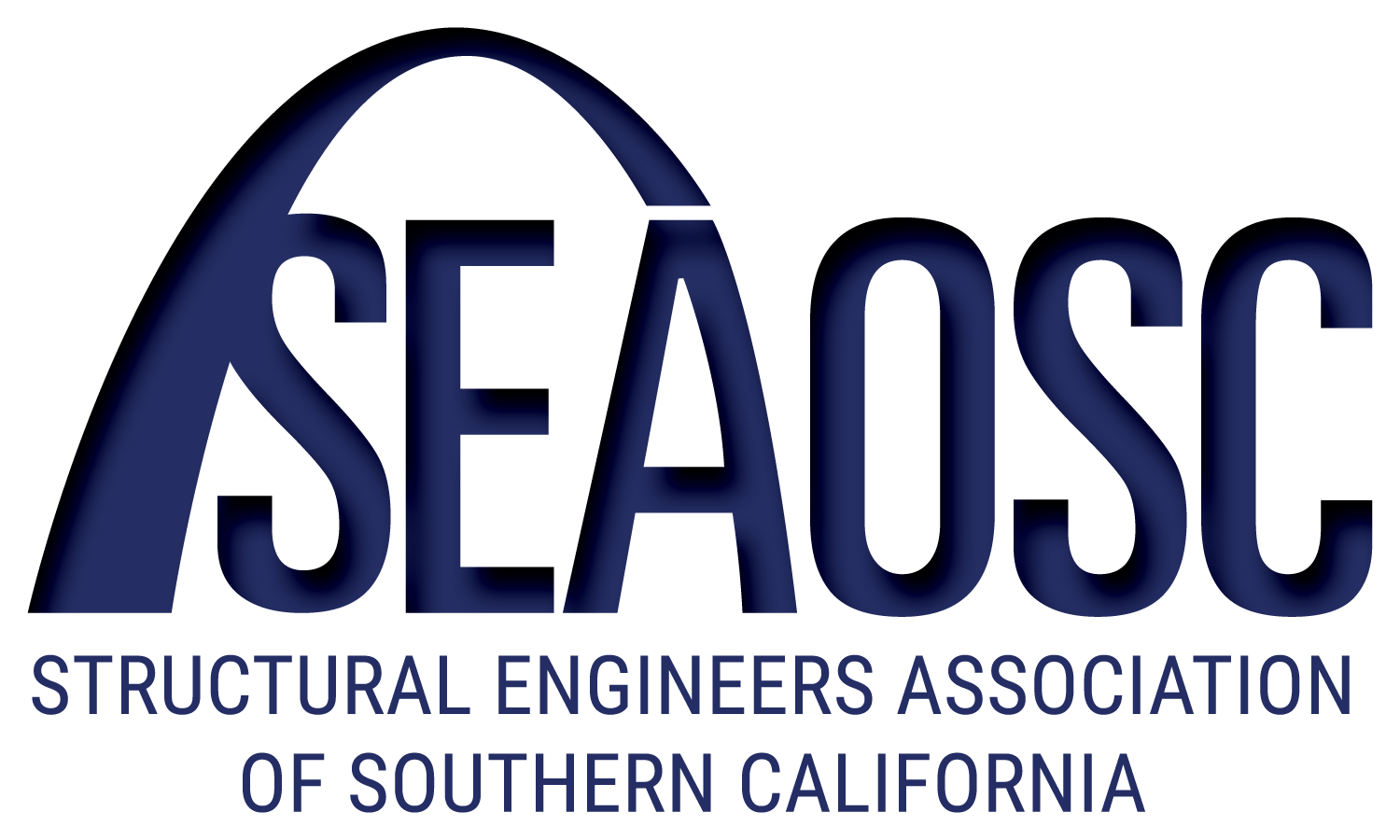 Structural Engineers play such a vital role in our society, not just for the built environment where we lend our technical expertise to the construction world, but also, in providing peace of mind, solace and a sense of security, especially in the aftermath of a tragedy such as the Champlain Towers condo collapse. Once the shock of such a tragedy has passed, the general public and our community leaders begin a quest for answers and seek experts to help provide those answers.
Structural Engineers play such a vital role in our society, not just for the built environment where we lend our technical expertise to the construction world, but also, in providing peace of mind, solace and a sense of security, especially in the aftermath of a tragedy such as the Champlain Towers condo collapse. Once the shock of such a tragedy has passed, the general public and our community leaders begin a quest for answers and seek experts to help provide those answers.
In the digital age where information flows so readily, Structural Engineers have a responsibility to the public and our profession to be a pillar of knowledge. But how do we get our message across? How can we make ourselves heard, and how do we provide the peace of mind to our neighbors, letting them know that Structural Engineers have the answers?
On August 4, SEAOSC leaders participated in a virtual, 2-hour media training to tackle these topics and more. We took a dive into the recent tragedy and reviewed several media clips where various engineers from across the nation, including fellow SEAOSC members, addressed various media outlets. During this training, attendees were able to participate in a mock media interview to add additional realism to the class.
Topics also included how to craft effective messages and what perceptions may be left in the minds of viewers, who are likely not engineers, based on how the information is presented. The participants were able to gain a better understanding of how the media seeks out its “experts,” and, if called to respond, how to be more prepared to better represent the profession.
Though many tactics and techniques were presented, the basis of this work was being intentional in the messaging the interviewee is trying to get across to the wider audience. This stems from four simple questions:
1. What do you want the audience to know; what is your key message? What is the information you have that they should have regarding that topic?
2. What do you want the audience to do when they hear your message? What is your “call to action” for them?
3. What is visual or descriptive about your message? What examples or analogies can you use to illustrate your key points that will resonate with non-engineers? (This is especially important for radio or print publications.)
4. When is your message relevant? When should you be pitching to media on your topic or be ready to respond because of some other circumstance?
With these four components, you can begin to form your key message that can be practiced and refined before it’s actually needed. SEAOSC’s Board has adopted key talking points for representatives to use during interviews that allows for the individuals expertise to shine while representing the association and profession.
From this training, it’s clear how much responsibility you have if a member of the media reaches out to you… your 5-minute interview may very well contain a 3-second clip that can impact the opinion millions of people have on the Structural Engineering profession.
SEAOSC will be offering additional media and communication trainings throughout the 2021-22 program year, so make sure to register for the next program.

